Home>Furniture & Design>Bathroom Accessories>What Is A Bidet Attachment
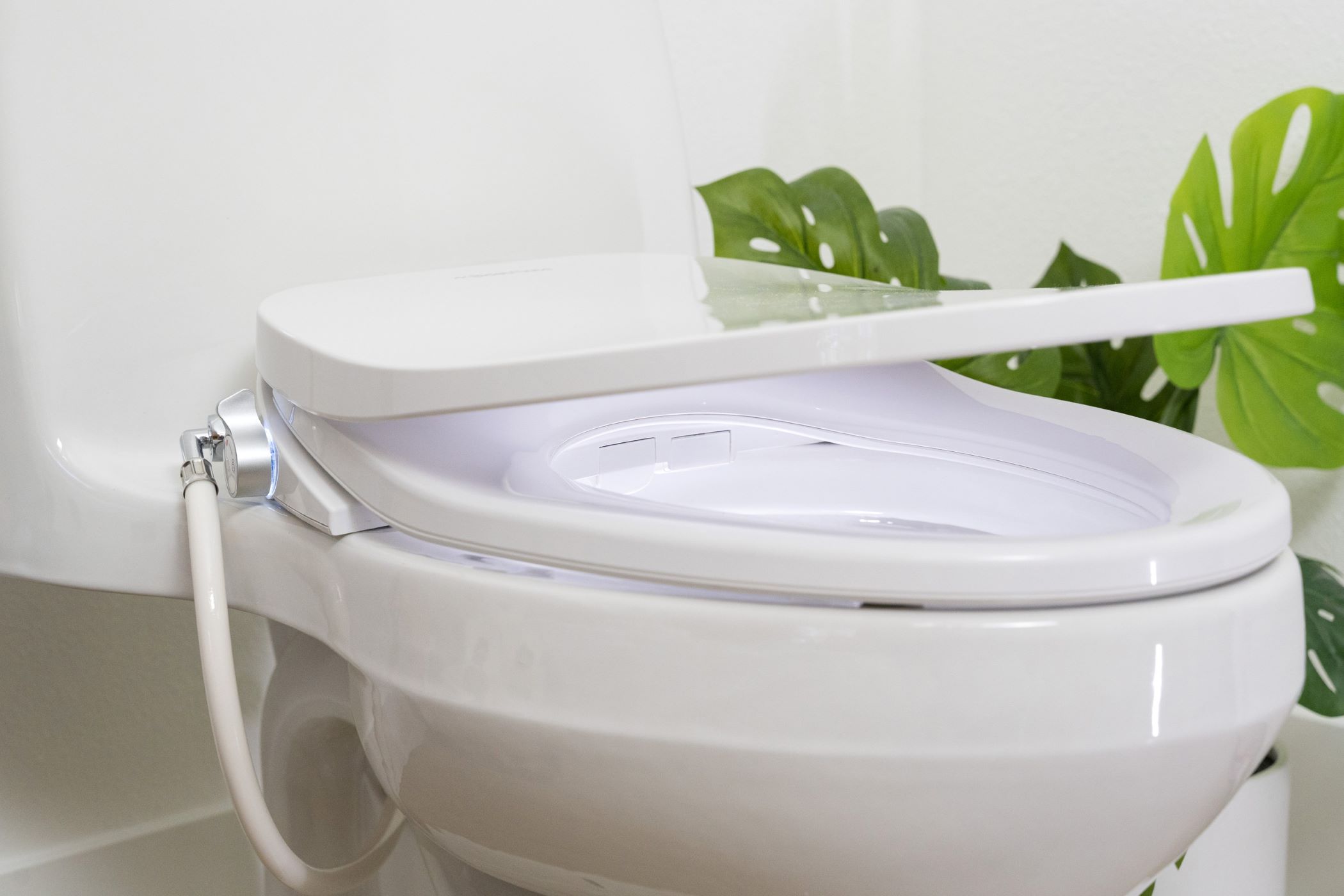

Bathroom Accessories
What Is A Bidet Attachment
Modified: March 25, 2024
Discover the convenience and hygiene benefits of a bidet attachment for your bathroom. Upgrade your bathroom accessories for a cleaner, more eco-friendly experience.
(Many of the links in this article redirect to a specific reviewed product. Your purchase of these products through affiliate links helps to generate commission for Storables.com, at no extra cost. Learn more)
Overview of Bidet Attachment
A bidet attachment is a revolutionary bathroom accessory that offers a hygienic and eco-friendly alternative to traditional toilet paper. It is designed to provide a gentle and effective cleansing experience after using the toilet, promoting improved personal hygiene and comfort. This innovative device is gaining popularity in households and commercial settings due to its numerous benefits and ease of installation.
Bidet attachments come in various designs, but they typically feature a nozzle or sprayer that emits a targeted stream of water to cleanse the genital and anal areas. The water pressure and temperature can often be adjusted to suit individual preferences, ensuring a customized and comfortable experience for users. Some advanced models even include additional features such as oscillating or pulsating sprays, heated seats, and air drying functions, further enhancing the overall comfort and convenience.
One of the key advantages of a bidet attachment is its ability to reduce the consumption of toilet paper, contributing to environmental sustainability and cost savings. By minimizing the reliance on disposable paper products, bidet attachments support eco-friendly practices and reduce the environmental impact associated with traditional toilet paper usage. This aligns with the growing global emphasis on sustainable living and conservation of natural resources.
Moreover, bidet attachments are known for their versatility and compatibility with most standard toilets, making them a practical and accessible option for households and businesses. Whether it's a sleek and compact attachment for residential use or a robust and feature-rich model for commercial establishments, there is a wide range of options available to cater to diverse preferences and requirements.
In summary, a bidet attachment represents a modern and innovative approach to personal hygiene and comfort in the bathroom. With its customizable features, environmental benefits, and universal compatibility, it has emerged as a popular choice for individuals and organizations seeking a convenient and sustainable alternative to traditional toilet paper.
Key Takeaways:
- Bidet attachments provide a hygienic and eco-friendly alternative to toilet paper, offering customizable cleansing experiences and reducing environmental impact. They come in various types to suit different preferences and needs.
- Installing and maintaining a bidet attachment is straightforward and essential for optimal performance. Regular cleaning, proper nozzle maintenance, and inspection of water supply are key to preserving hygiene and functionality.
Read more: How To Use A Bidet Toilet Attachment
Types of Bidet Attachments
When it comes to bidet attachments, there is a diverse array of options available to suit different preferences and needs. Understanding the various types of bidet attachments can help individuals make informed decisions when selecting the most suitable model for their bathrooms. Here are some common types of bidet attachments:
-
Non-Electric Bidet Attachments: These are simple yet effective bidet attachments that do not require electricity to operate. They are often powered by water pressure and feature manual controls for adjusting the water pressure and temperature. Non-electric bidet attachments are easy to install and are a cost-effective option for those seeking basic cleansing functionality without the need for electrical connections.
-
Electric Bidet Attachments: Unlike non-electric models, electric bidet attachments are equipped with advanced features such as heated seats, warm water cleansing, adjustable water pressure and temperature, air drying, and customizable wash settings. These luxurious features enhance the overall comfort and convenience of the bidet experience, making electric bidet attachments a popular choice for individuals who prioritize a high level of personalization and comfort.
-
Portable Bidet Attachments: Ideal for travelers or individuals who want the flexibility to use a bidet wherever they go, portable bidet attachments are compact and lightweight, allowing for easy transport. They are designed to be attached to standard water bottles or water sources, providing a convenient and hygienic cleansing solution even when away from home. Portable bidet attachments are a practical option for maintaining personal hygiene while traveling or in outdoor settings.
-
Dual-Nozzle Bidet Attachments: These bidet attachments feature two separate nozzles for posterior and feminine cleansing, catering to the specific hygiene needs of both men and women. The dual-nozzle design ensures a comprehensive and tailored cleansing experience, making it a popular choice for households where multiple individuals with different hygiene requirements share the same bidet attachment.
-
Warm Air Dryer Bidet Attachments: In addition to cleansing functions, some bidet attachments are equipped with warm air dryers that gently and efficiently dry the washed areas after cleansing. This feature eliminates the need for toilet paper or towels, further enhancing the eco-friendly and hygienic aspects of using a bidet attachment.
Understanding the different types of bidet attachments allows individuals to select a model that aligns with their preferences, lifestyle, and hygiene needs. Whether it's the simplicity of a non-electric attachment, the luxurious features of an electric model, the portability of a travel-friendly option, or the specialized functionality of a dual-nozzle design, there is a bidet attachment to accommodate diverse requirements and enhance the overall bathroom experience.
Benefits of Using a Bidet Attachment
Using a bidet attachment offers a multitude of benefits that contribute to enhanced personal hygiene, comfort, and environmental sustainability. Here are the key advantages of incorporating a bidet attachment into your bathroom routine:
-
Improved Hygiene: Bidet attachments provide a thorough and gentle cleansing experience, effectively removing bacteria and residual waste from the genital and anal areas. This promotes a higher level of personal hygiene compared to traditional toilet paper, reducing the risk of skin irritation and infections. The adjustable water pressure and temperature settings allow users to customize the cleansing process according to their comfort and hygiene preferences.
-
Reduced Environmental Impact: By significantly decreasing the reliance on toilet paper, bidet attachments contribute to environmental conservation and sustainability. The reduction in paper consumption helps minimize deforestation, water usage, and energy consumption associated with the production and disposal of toilet paper. Embracing bidet attachments aligns with eco-friendly practices and supports efforts to reduce the ecological footprint of personal hygiene routines.
-
Cost Savings: Over time, the use of a bidet attachment can lead to substantial cost savings by reducing the need for purchasing toilet paper. This economic benefit is particularly significant for households and businesses seeking practical ways to manage expenses while embracing sustainable and efficient solutions. The initial investment in a bidet attachment is offset by long-term savings on toilet paper purchases, making it a financially prudent choice.
-
Enhanced Comfort and Convenience: The advanced features of certain bidet attachments, such as heated seats, warm water cleansing, air drying, and customizable wash settings, elevate the overall comfort and convenience of the bathroom experience. The luxurious amenities provided by electric bidet attachments, in particular, offer a spa-like sensation and personalized comfort, enhancing the daily routine and promoting a sense of well-being.
-
Promotion of Independence and Inclusivity: Bidet attachments, especially those with dual-nozzle designs, cater to the specific hygiene needs of diverse individuals, including seniors, individuals with disabilities, and those with mobility challenges. The accessibility and tailored functionality of bidet attachments promote independence and inclusivity, ensuring that everyone can maintain optimal personal hygiene with ease and dignity.
-
Health Benefits: The gentle and hygienic cleansing provided by bidet attachments can contribute to improved skin health and comfort, particularly for individuals with sensitive skin, hemorrhoids, or other medical conditions. The avoidance of abrasive toilet paper and the use of water-based cleansing methods can alleviate discomfort and promote overall well-being.
In summary, the benefits of using a bidet attachment extend beyond personal hygiene to encompass environmental responsibility, cost-effectiveness, comfort, inclusivity, and health considerations. Embracing this innovative bathroom accessory reflects a commitment to holistic well-being, sustainable living, and a heightened standard of personal hygiene for individuals and communities alike.
How to Install a Bidet Attachment
Installing a bidet attachment is a straightforward process that can be accomplished with basic tools and minimal technical expertise. The following step-by-step guide outlines the typical installation procedure for a non-electric bidet attachment, which is commonly used in residential settings:
-
Prepare the Necessary Tools: Before beginning the installation, gather the essential tools, including an adjustable wrench, screwdriver, and Teflon tape. Having these tools readily available will streamline the installation process and ensure that you have everything you need to complete the task.
-
Turn Off the Water Supply: Start by turning off the water supply to the toilet at the shut-off valve, which is usually located on the wall behind the toilet. Flush the toilet to drain the remaining water from the tank and bowl, and then disconnect the water supply hose from the bottom of the tank using an adjustable wrench.
-
Install the T-Valve: Attach the T-valve provided with the bidet attachment to the toilet tank's fill valve, ensuring a secure and leak-free connection. The T-valve serves as the point of entry for the bidet's water supply and allows for the regulation of water flow to the attachment.
-
Connect the Bidet Attachment: With the T-valve in place, connect the bidet attachment's water supply hose to the open end of the T-valve, securing it with the appropriate fittings. Ensure that the connections are tight and properly sealed to prevent any water leaks during operation.
-
Adjust the Nozzle Position: Depending on the design of the bidet attachment, adjust the position and angle of the cleansing nozzle to align it with the toilet bowl and the user's preference. This step may involve loosening and tightening specific mounting components to achieve the desired nozzle orientation.
-
Test the Water Flow: Once the bidet attachment is securely installed, turn on the water supply at the shut-off valve and check for any leaks at the connection points. It is advisable to run a brief test cycle of the bidet to ensure that the water flow and nozzle positioning meet the user's expectations.
-
Reconnect the Water Supply Hose: After confirming that the bidet attachment is functioning correctly, reconnect the toilet's water supply hose to the T-valve and tighten the connection with an adjustable wrench. This step completes the integration of the bidet attachment into the toilet's water supply system.
-
Adjust and Secure the Bidet Attachment: Make any necessary adjustments to the bidet attachment's position and secure it to the toilet seat or bowl according to the manufacturer's instructions. This may involve tightening mounting brackets or fastening screws to ensure the stability of the attachment.
By following these installation steps, individuals can successfully integrate a non-electric bidet attachment into their existing toilet setup, promoting enhanced personal hygiene and comfort in the bathroom environment. It is important to refer to the specific installation guidelines provided by the manufacturer of the bidet attachment to ensure proper installation and optimal performance.
Maintenance and Cleaning of Bidet Attachment
Proper maintenance and regular cleaning are essential to ensure the optimal performance, longevity, and hygiene of a bidet attachment. By adhering to recommended maintenance practices, individuals can preserve the functionality of the bidet attachment and uphold a clean and sanitary bathroom environment. Here are the key aspects of maintaining and cleaning a bidet attachment:
Read also: 12 Best Bidet Attachment For Toilet for 2024
Regular Cleaning Routine
It is advisable to incorporate the cleaning of the bidet attachment into the regular bathroom cleaning routine. Using a mild, non-abrasive cleanser and a soft cloth, gently wipe the exterior surfaces of the bidet attachment to remove any accumulated residue, water spots, or smudges. Pay attention to the control panel, adjustment knobs, and any visible areas that may come into contact with hands or water during use. Additionally, ensure that the cleansing nozzle or sprayer is free from debris or mineral buildup to maintain optimal water flow and hygiene.
Nozzle Maintenance
The cleansing nozzle or sprayer of the bidet attachment requires periodic maintenance to prevent clogging and maintain effective cleansing performance. Some bidet attachments feature self-cleaning nozzles that undergo an automatic rinsing process before and after each use, minimizing the need for manual intervention. For bidet attachments without self-cleaning capabilities, it is recommended to follow the manufacturer's guidelines for nozzle maintenance, which may involve using a gentle cleaning solution and a soft brush to remove any buildup or impurities.
Water Supply Inspection
Regularly inspect the water supply hose and connections of the bidet attachment to ensure that there are no leaks, kinks, or signs of wear. Any abnormalities in the water supply system can compromise the functionality of the bidet attachment and lead to potential water damage. Periodically check the T-valve, fittings, and hoses for tightness and integrity, and promptly address any issues to maintain a reliable and leak-free water supply.
Filter Replacement
If the bidet attachment is equipped with a water filter, adhere to the recommended filter replacement schedule provided by the manufacturer. Over time, the filter may become clogged or lose its effectiveness, impacting the quality of the water used for cleansing. By replacing the filter at the specified intervals, users can ensure that the water entering the bidet attachment is clean, free from impurities, and conducive to a hygienic cleansing experience.
Read also: 15 Best Bidet Toilet Attachment for 2024
Electrical Component Care (For Electric Models)
For electric bidet attachments, it is important to exercise caution when cleaning around electrical components such as the control panel, power cord, and heating elements. Use a damp cloth to gently wipe these areas, taking care to avoid excessive moisture or direct contact with water. Refer to the manufacturer's instructions for specific guidelines on maintaining the electrical components of the bidet attachment to prevent damage and ensure user safety.
By incorporating these maintenance and cleaning practices into the care regimen for a bidet attachment, individuals can uphold the functionality, cleanliness, and longevity of this innovative bathroom accessory. Adhering to the manufacturer's recommendations and guidelines is crucial to maintaining the bidet attachment in optimal condition and promoting a hygienic and comfortable bathroom experience for users.
Frequently Asked Questions about What Is A Bidet Attachment
Was this page helpful?
At Storables.com, we guarantee accurate and reliable information. Our content, validated by Expert Board Contributors, is crafted following stringent Editorial Policies. We're committed to providing you with well-researched, expert-backed insights for all your informational needs.
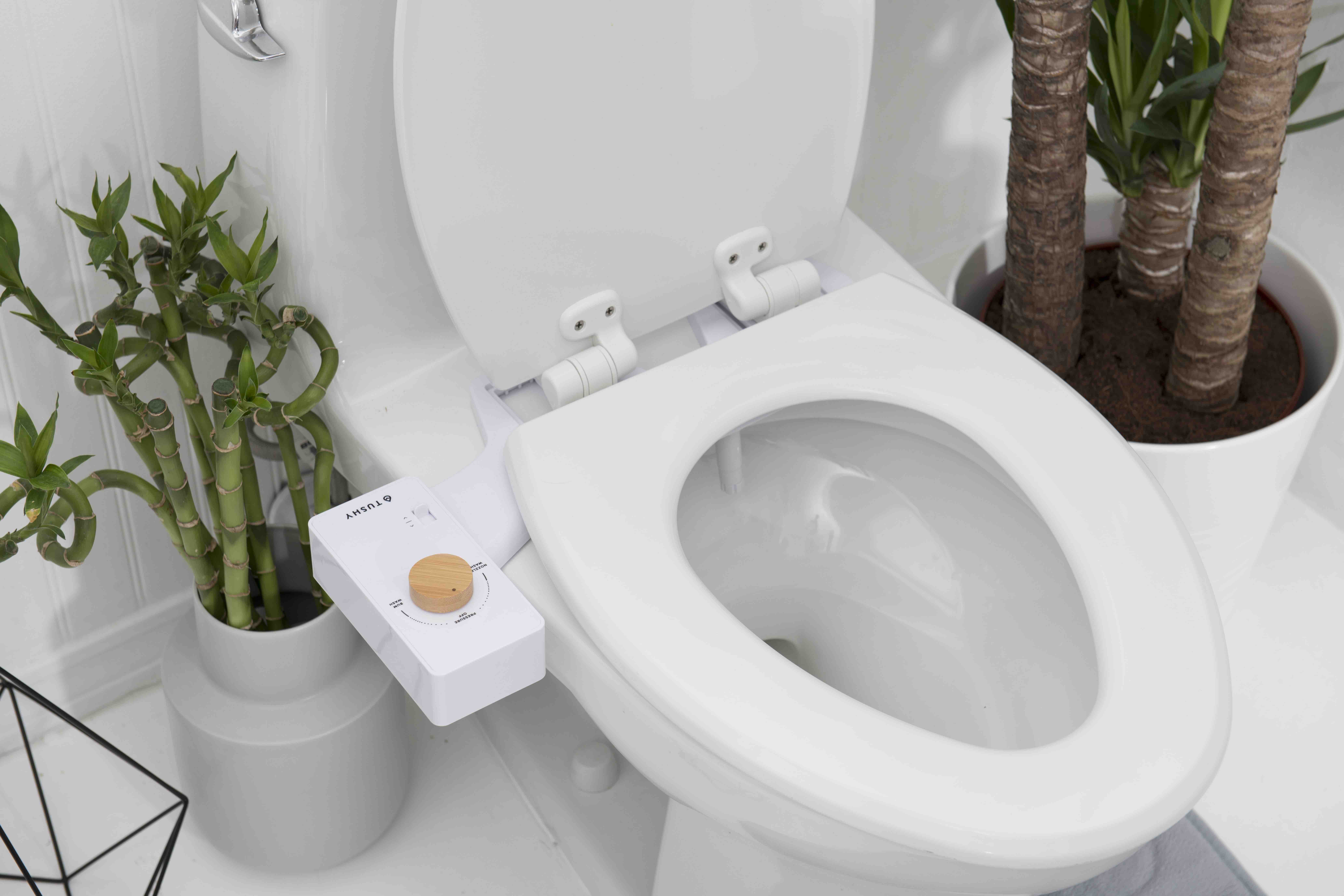
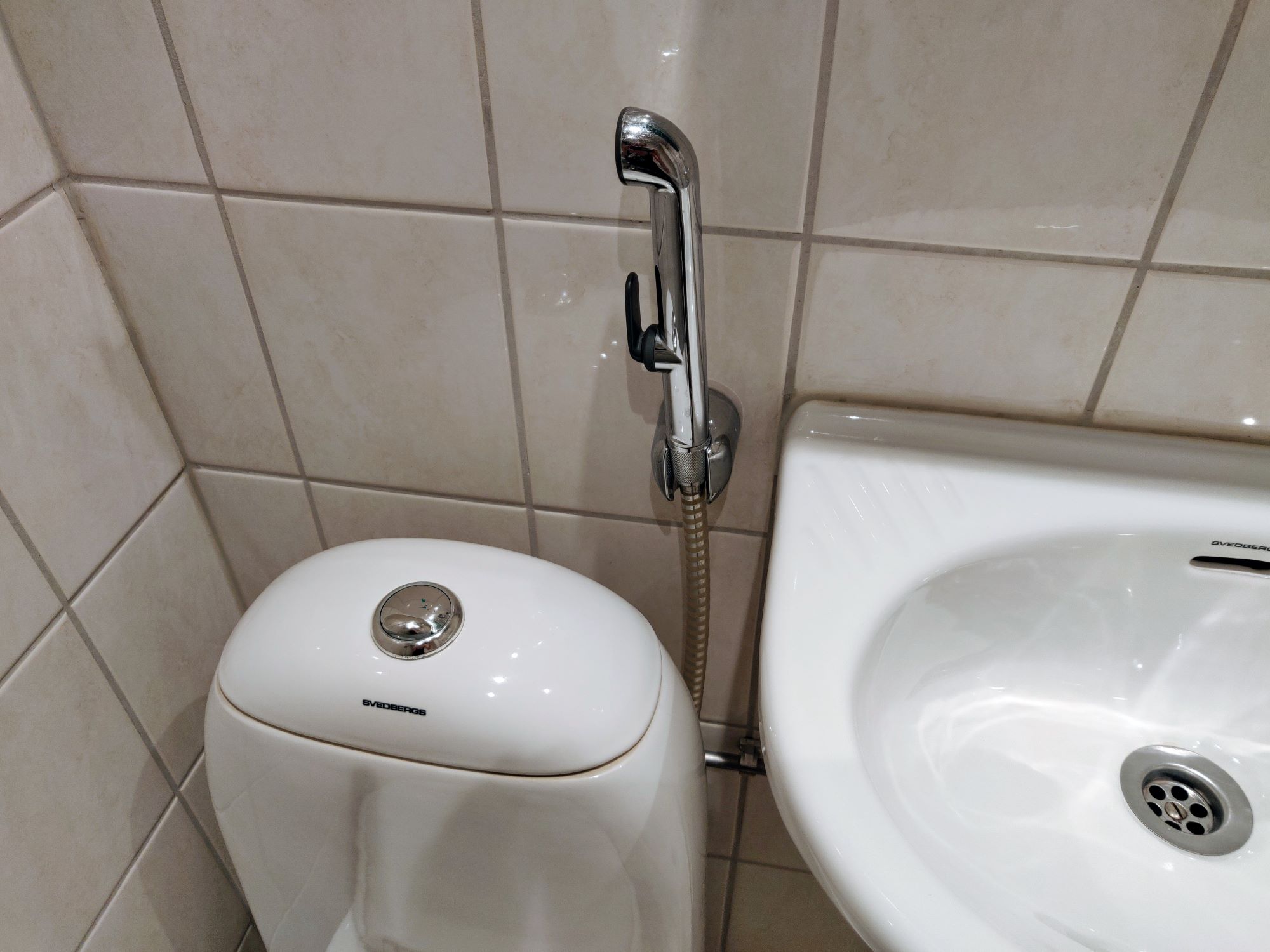
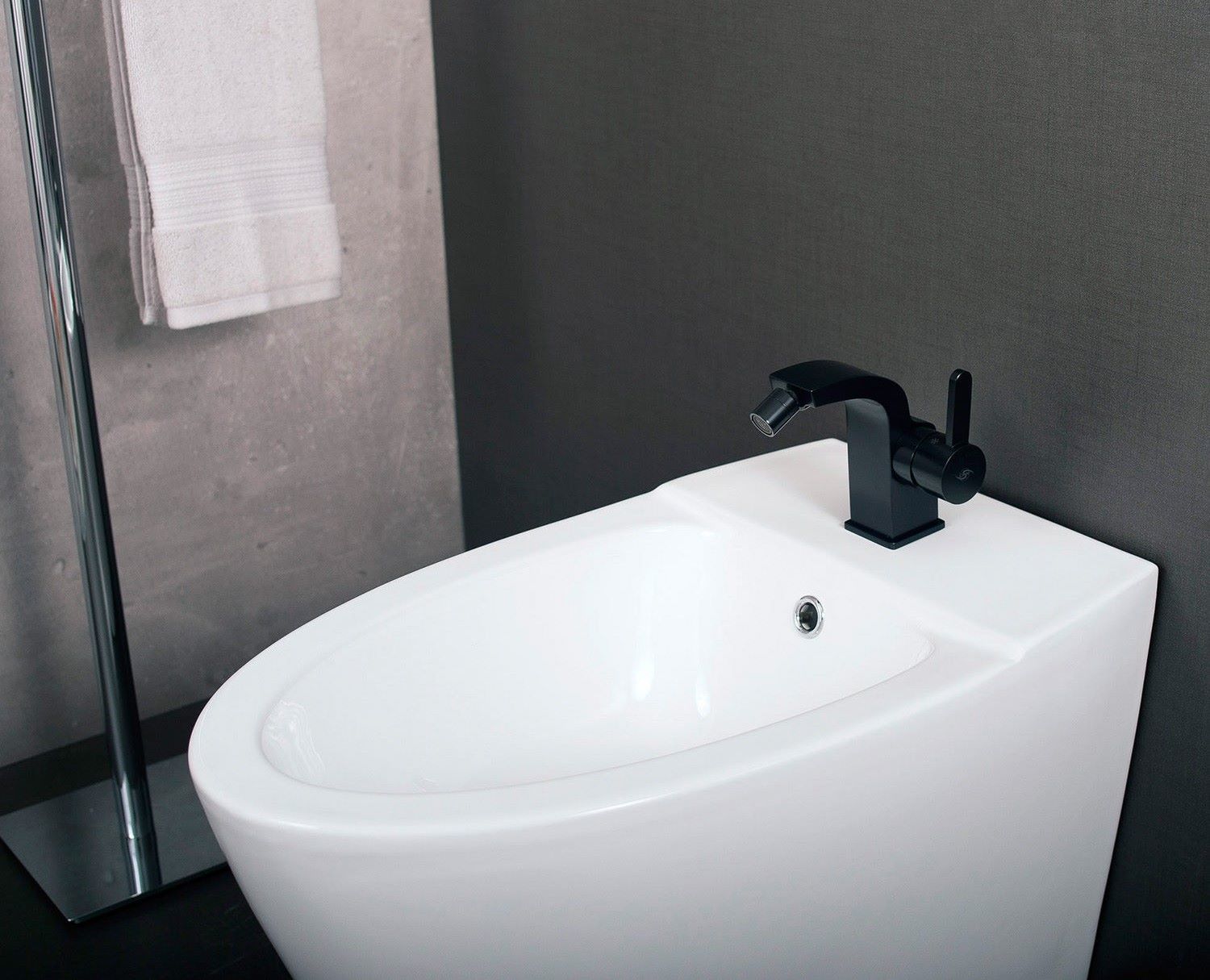
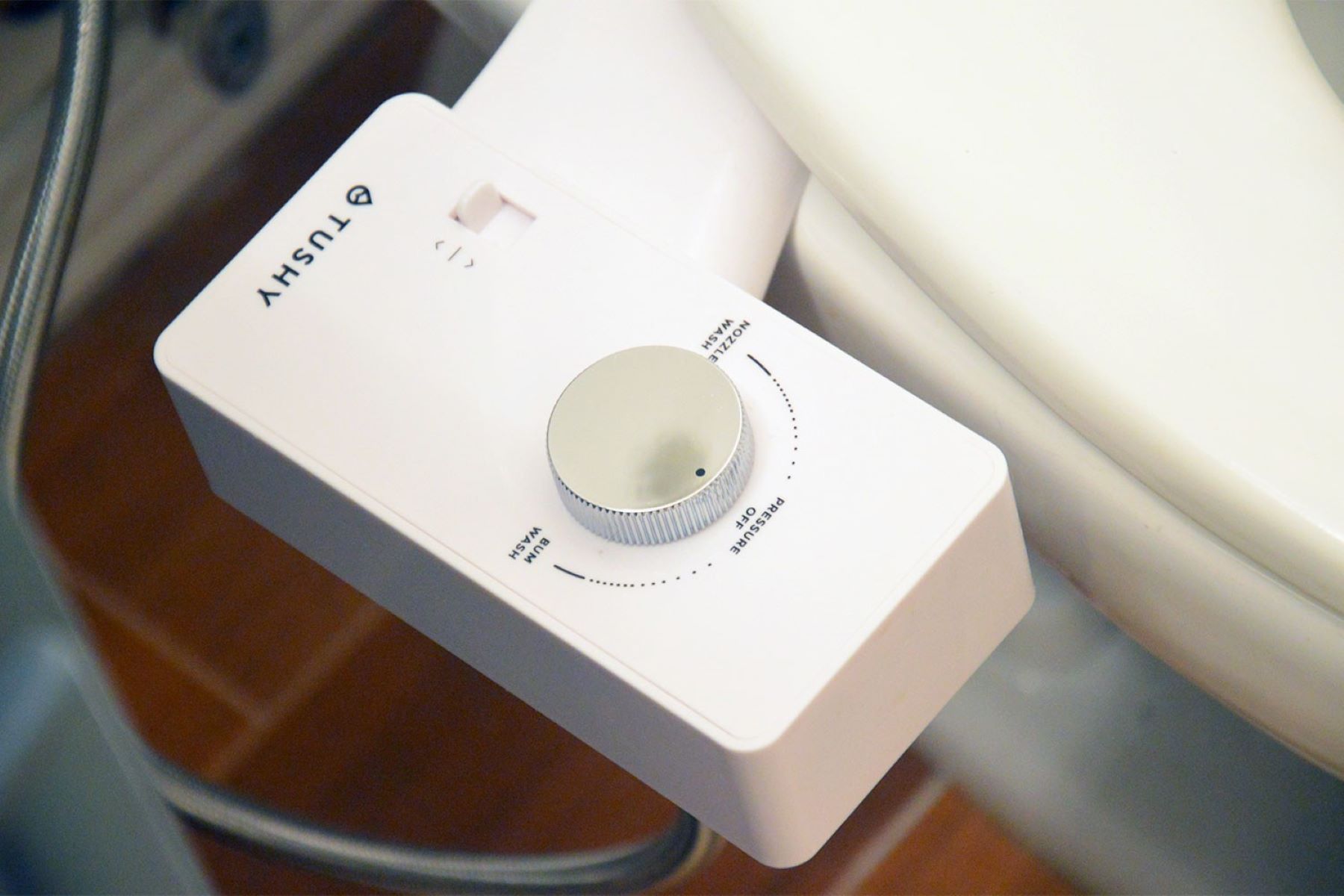
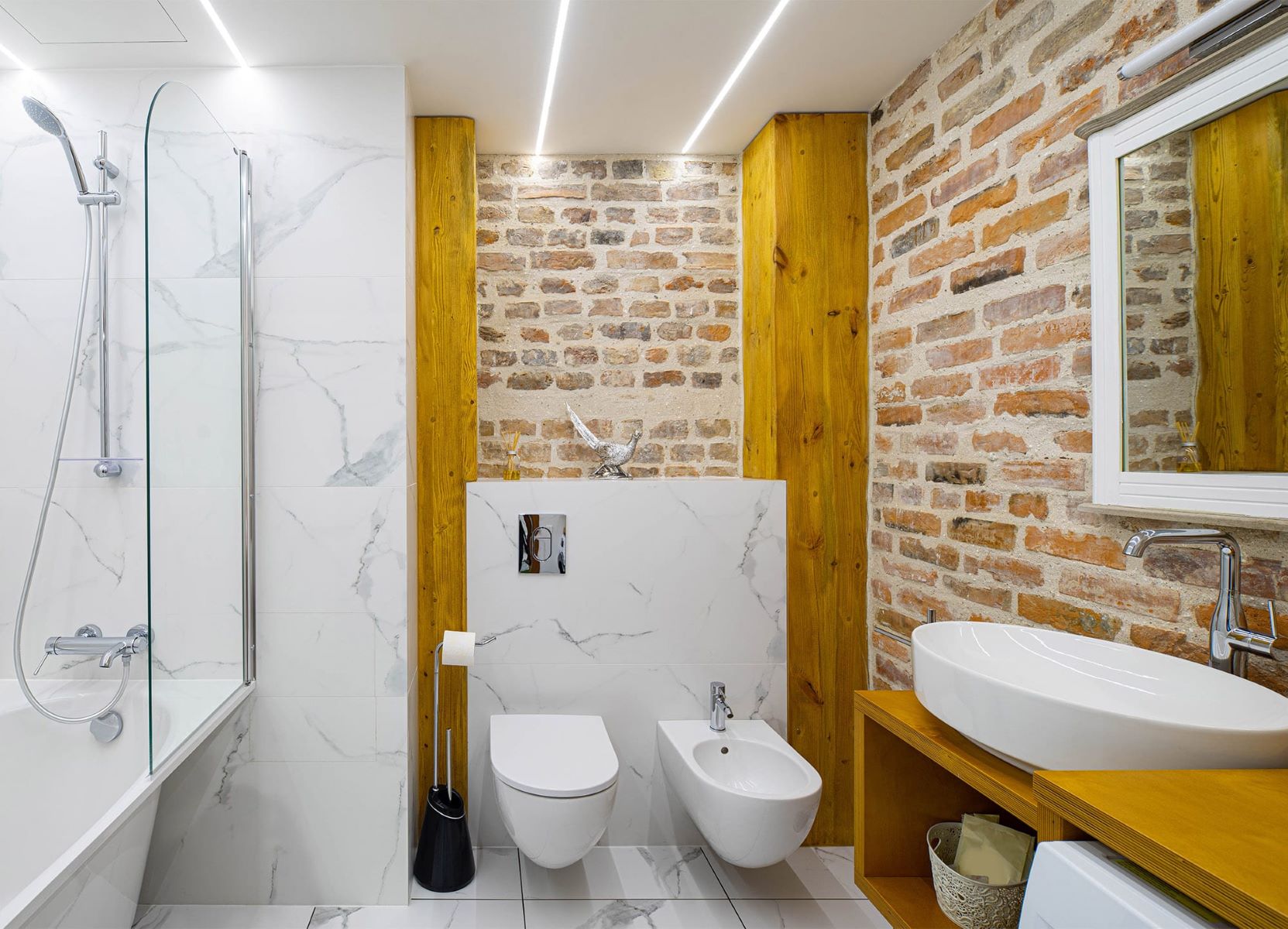
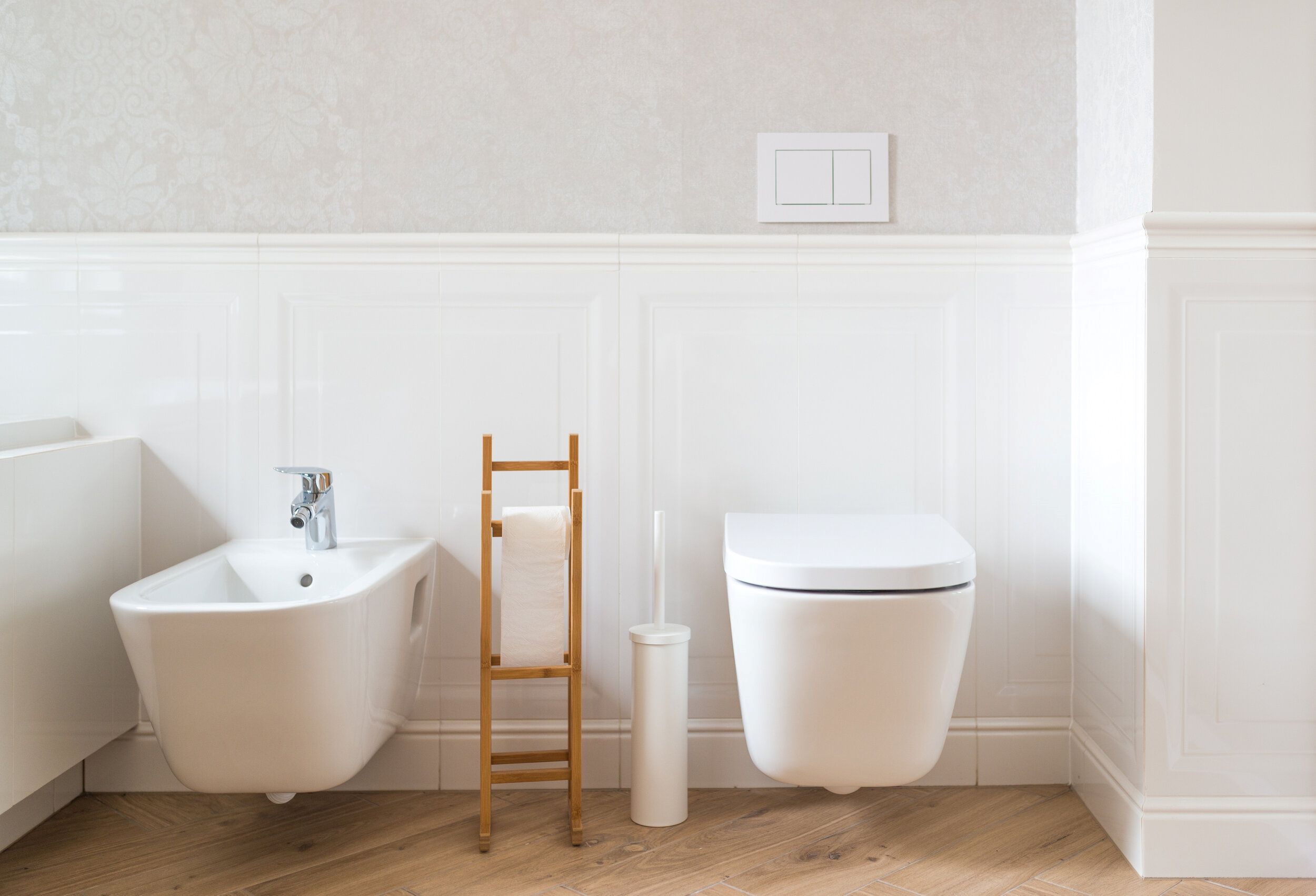
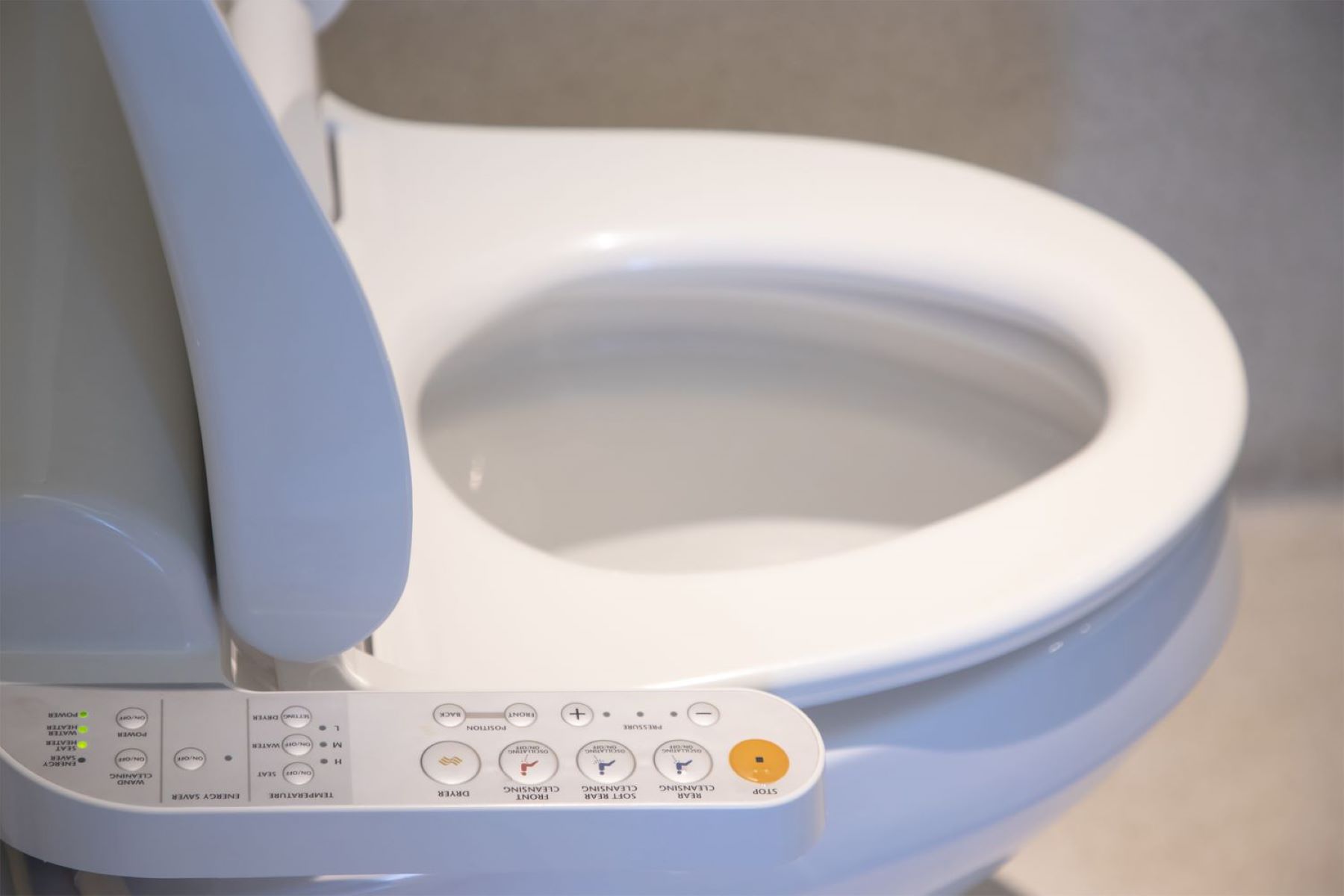
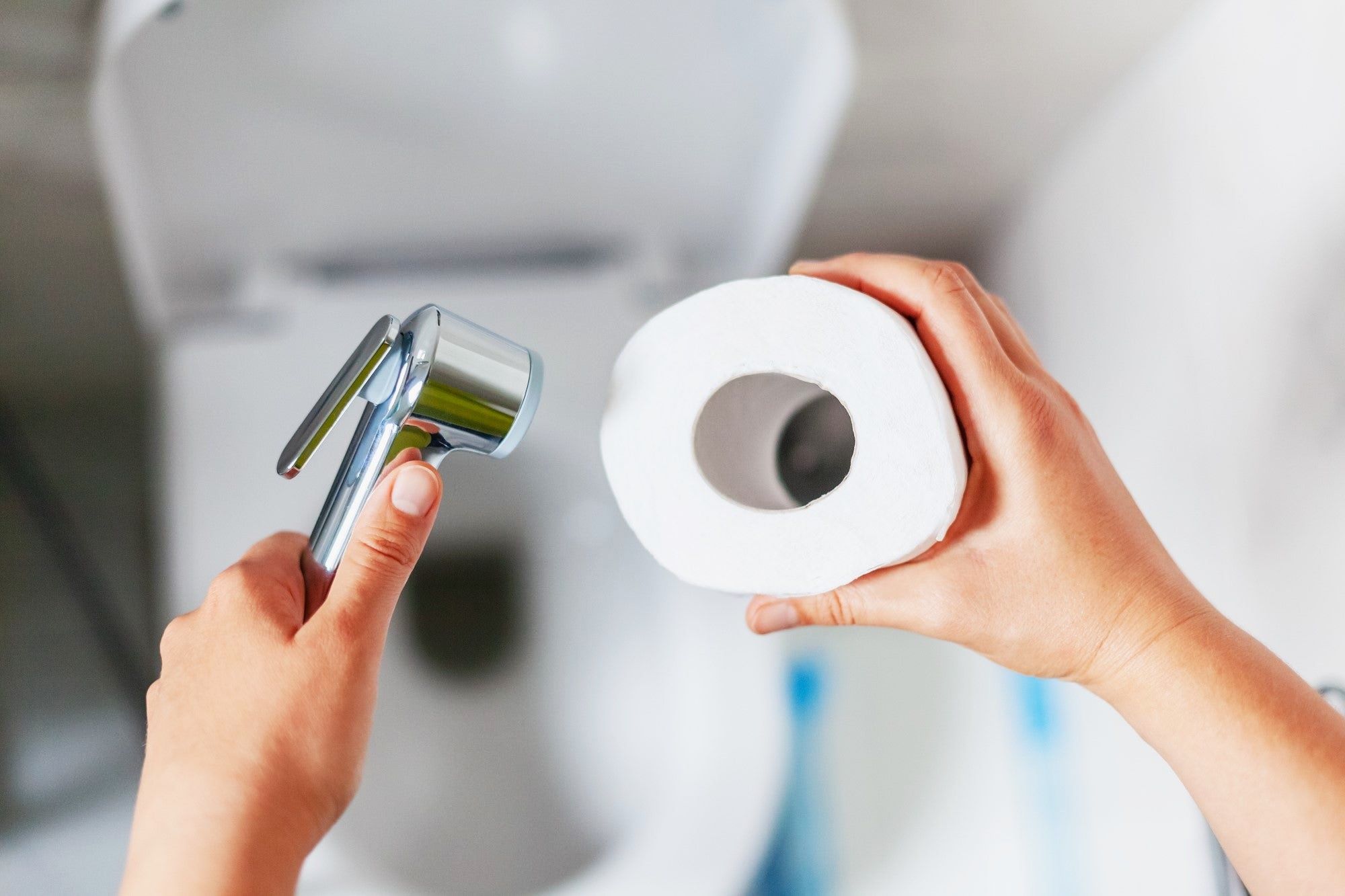
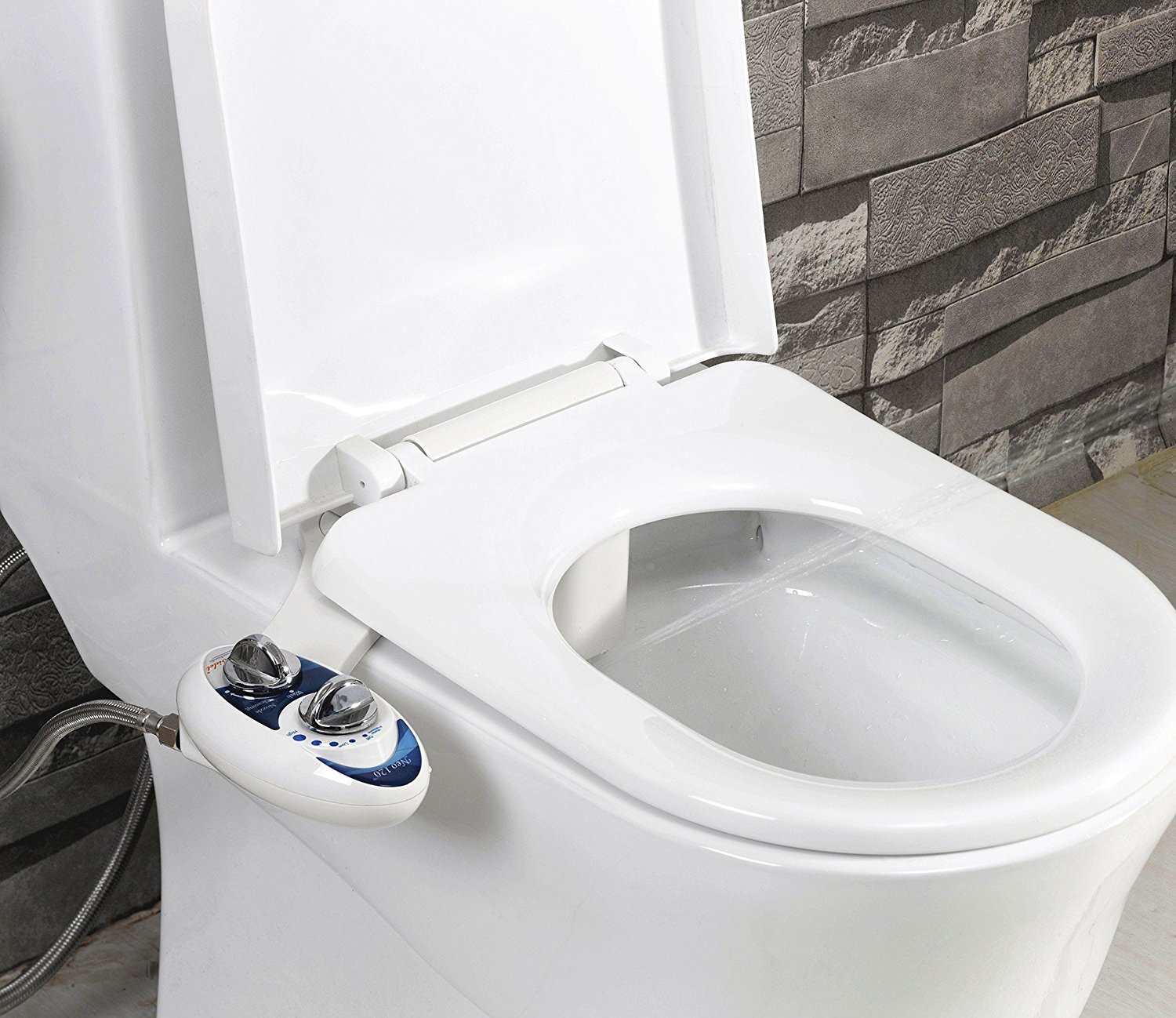
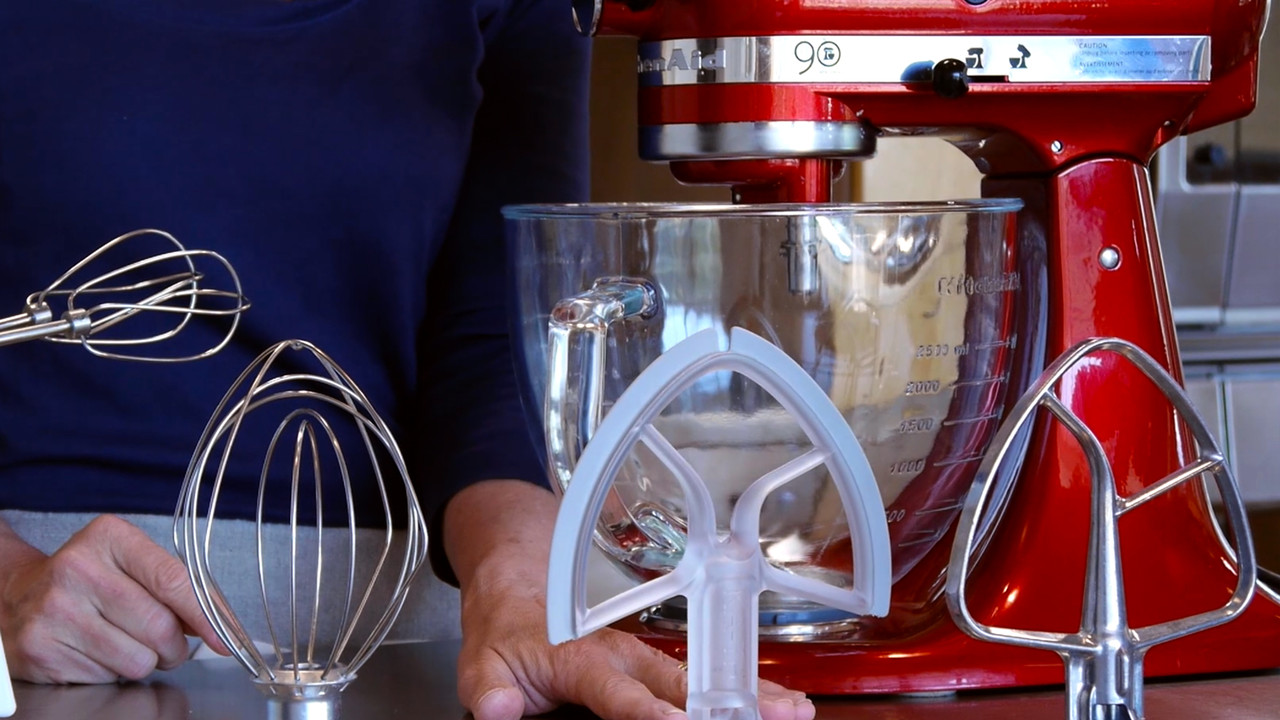
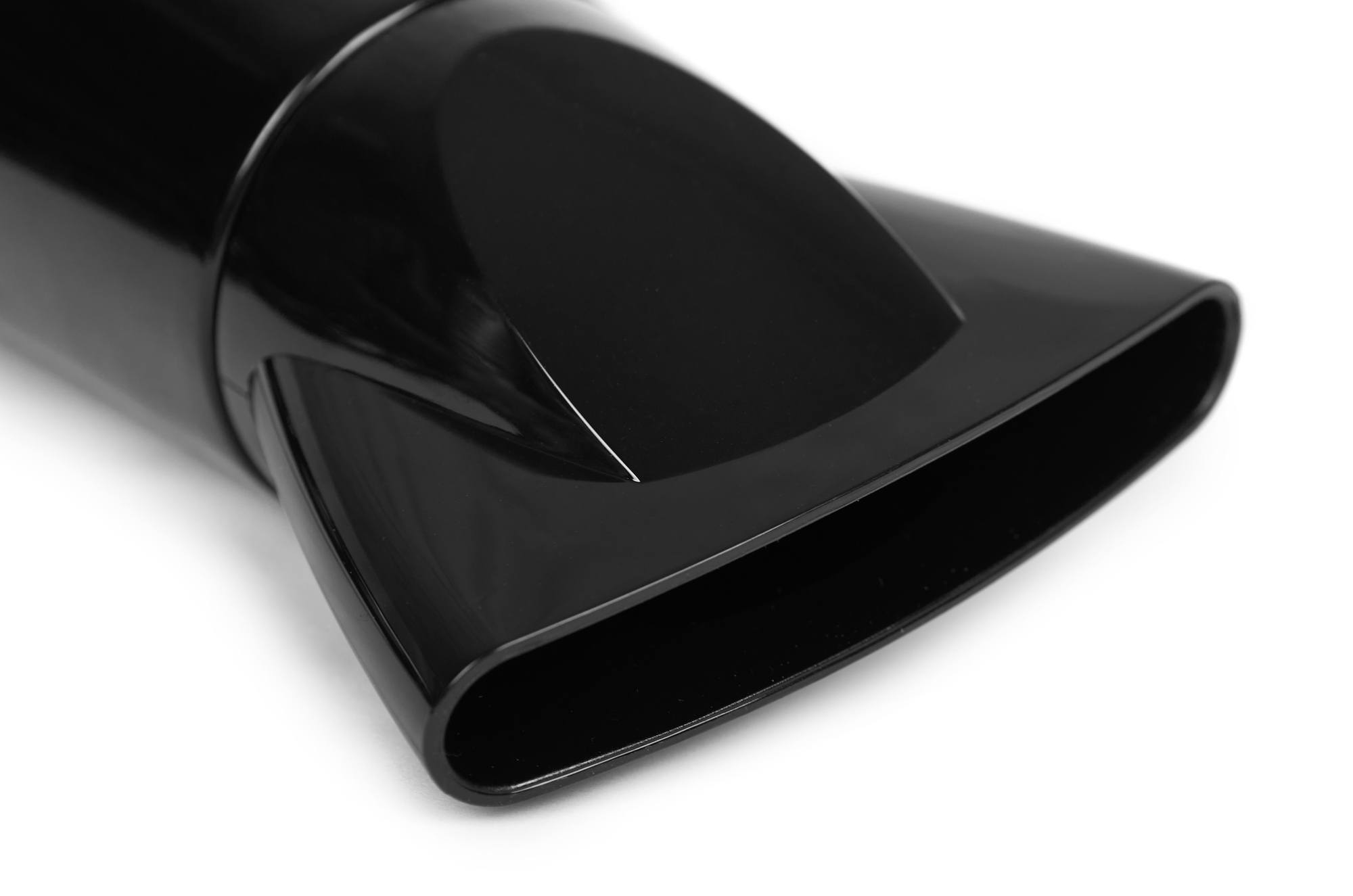
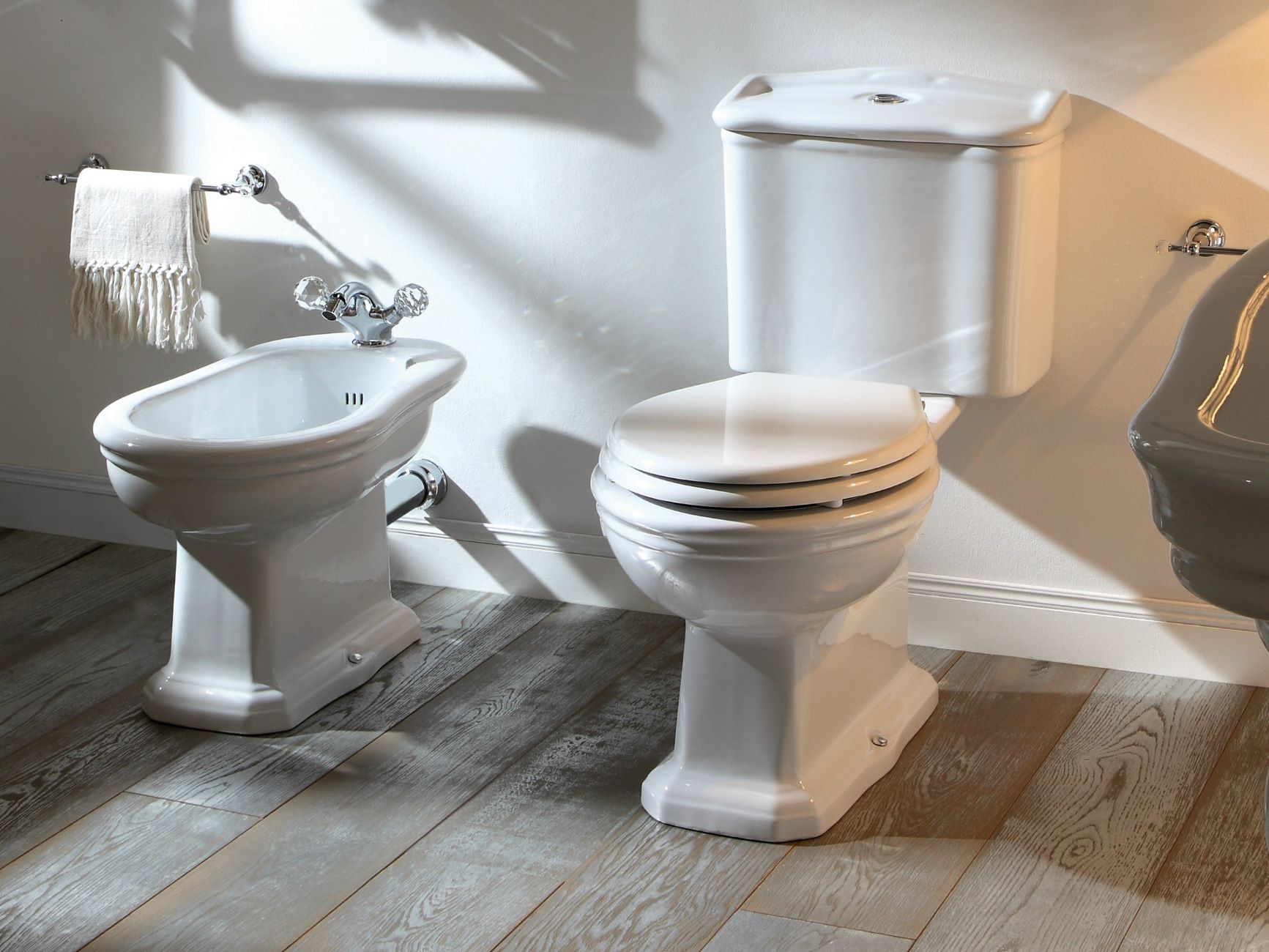
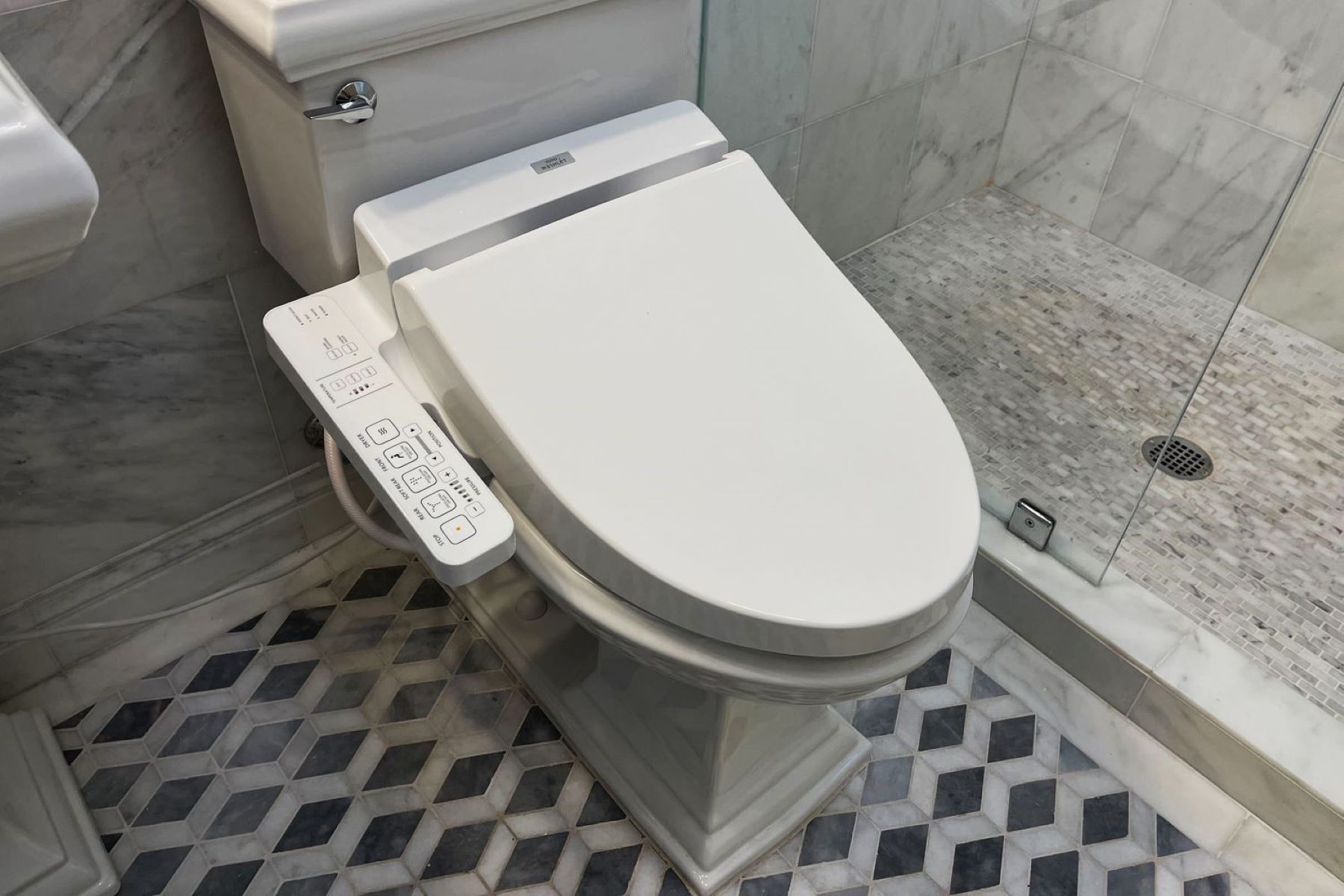

0 thoughts on “What Is A Bidet Attachment”